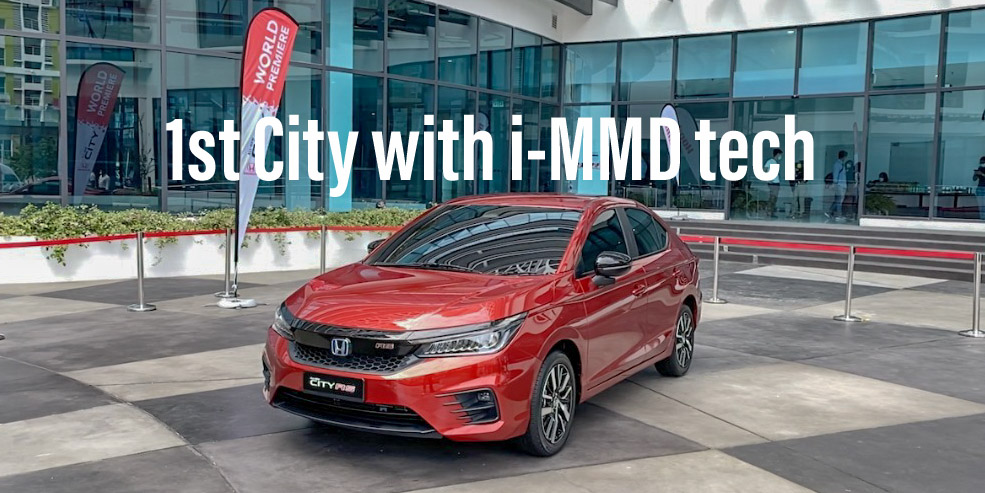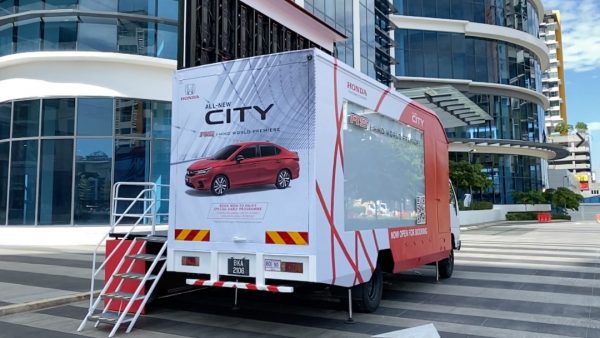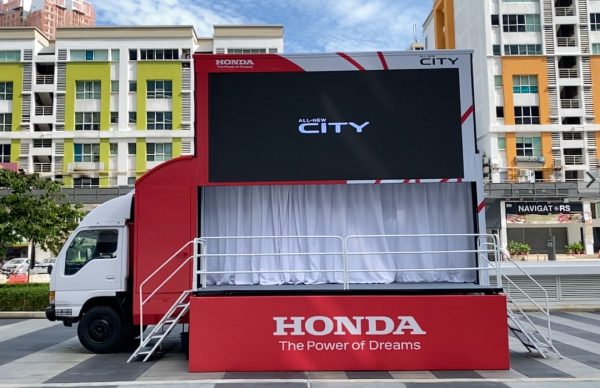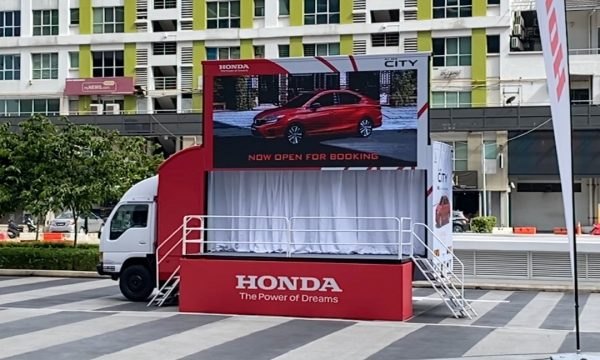Last week, Honda Malaysia made a huge splash by publishing a video highlighting features of their upcoming 5th-generation City with an i-MMD powertrain. Today, for the first time anywhere, that car was shown to the media, but with its doors locked and its windows heavily tinted.
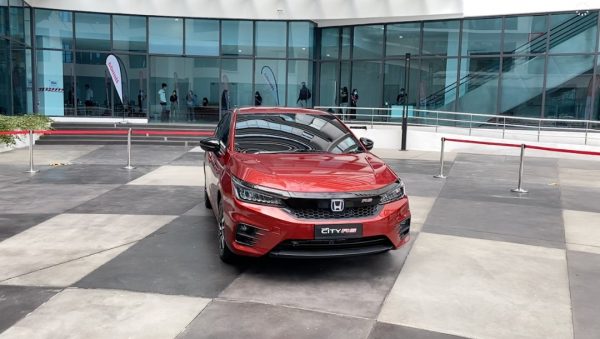
We weren’t given a spec sheet, but can confirm what we saw and were told.

First of all, the model shown in Petaling Jaya outside of Honda Malaysia’s office was a development vehicle, not the production vehicle that will be assembled in Pegoh, Melaka. Nevertheless, Honda Malaysia representatives said you could expect the final product to very closely resemble what was shown here, save for minor details, such as the finish on the front lip.
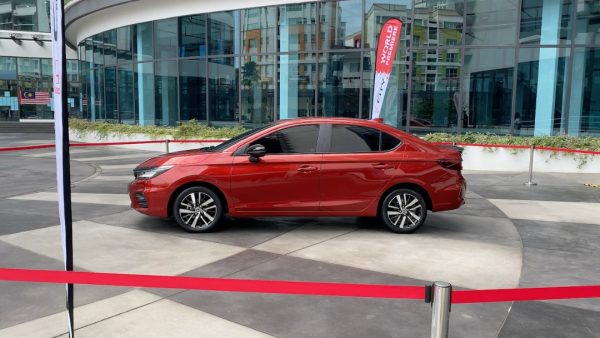
We can also confirm a few features that we saw today and that was shown in last week’s ad. The new City will come with an Electric Parking Brake and Honda LaneWatch, both are B-segment sedan firsts in Malaysia.
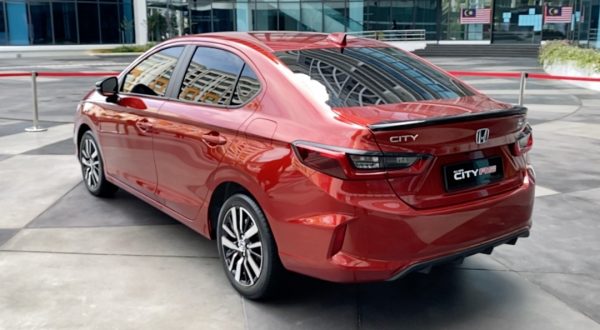
Visually, we saw that the car came with Honda Sensing equipment. But Honda Malaysia refused to confirm if the final car would come with this. If it did, it too, would be a segment first. Again, that depends on the range of functionality though, as the Perodua Myvi already comes with Autonomous Emergency Braking using Advance Safety Assist 2.0.

While the 5th generation City got its world debut in Thailand, Malaysia is the first country in the world to debut the 5th generation City with the i-MMD powertrain. i-MMD here consists of a lithium-ion battery, a 1.5-litre DOHC i-VTEC petrol engine, one electric motor that recharges the lithium-ion battery, another electric motor that drives the car, a single fixed-gear ratio transmission and a lock-up clutch. This system is engineered to mostly run on electric power except during high-speed cruising. You can read more about the i-MMD system here. Based on the i-MMD system in the new Honda Jazz, you can expect about 107 horsepower and 253 Nm of torque, sub-10 second acceleration to 100km/h and a top speed of 175km/h.
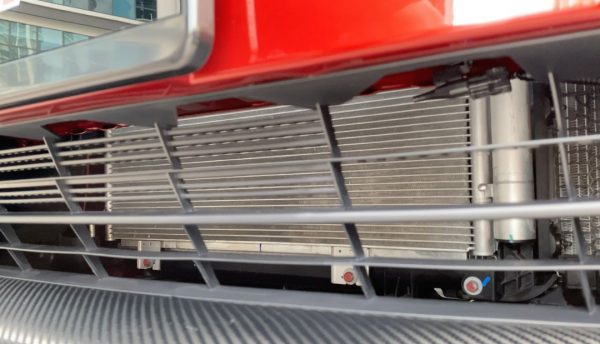
What is it called?
The branding is a little confusing, but let us unpack it for you. It’s a City RS, but you might also see it being referred to with the “e:HEV” and “i-MMD” or “Hybrid” suffix. And truth be told, they’re all equally valid ways to refer to the car, but here’s what they each refer to:
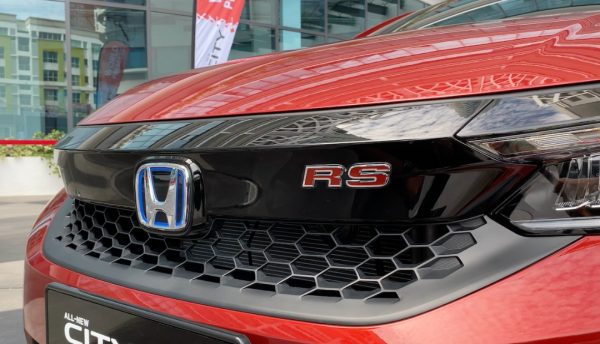
- RS – Road Sailing, this is the name of the variant of the City, most likely what the brochures will call it. Think about how the current City models are referred to. You have the City S, City E, City V and City Hybrid. City RS is meant to be an even higher spec than any previously offered. Expect more equipment than ever before but possibly a higher price too.
- e:HEV – this is Honda’s new brand name for hybridised cars. Previously Honda had at least 4 different hybrid technologies (IMA, i-DCD, i-MMD, and SH-AWD). i-MMD will become the primary way forward, and Honda are using e:HEV as a blanket marketing term for Hondas with this technology, starting with the Jazz and now the City.
- i-MMD – as we mentioned earlier, this was one of the hybrid technologies that Honda developed. Initially it was used on larger cars, but with this generation it comes to the Jazz and City. It stands for Intelligent Multi Mode Drive.
- Hybrid – Well, a hybrid is generally any car that uses a combination of an internal combustion engine and an electric motor to propel the car. The City RS is technically a hybrid car. Unlike the previous City, Honda Malaysia have decided not to market this as the ‘City Hybrid’, perhaps signifying the ‘normalisation’ of hybrid technology in their upcoming line of products
Where Can I See it?
The City RS will be driven around the Klang Valley this entire week in a truck that looks like this:
If you want to get up close with it, the car will be displayed in Sunway Pyramid and Tesco Cheras this weekend.
When can I buy one?
The Honda City RS (and presumably the rest of the 5th generation City range) will be officially launched in Q4 2020. No exact date was given. Other models are expected to use a 1.5-litre DOHC i-VTEC naturally-aspirated engine with no electric element, and a CVT.


